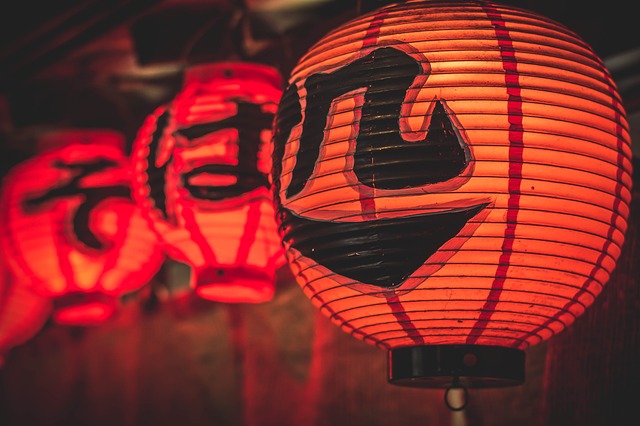
Vocabulary:
I will read the words, meanings, and sample sentences. Then, repeat after me.
- exquisite /ik-SKWIZ-it/
- caliber /KAL-uh-ber/
- intricacy /IN-tri-kuh-see/
- ubiquitous /yoo-BIK-wi-tuhs/
- serenity /suh-REN-i-tee/
[adjective] – very beautiful and delicate
It’s rare to find such an exquisite antique.
[noun] – the degree of quality or excellence of something or someone
The school is continuously improving the caliber of its curriculum.
[noun] – the quality of having a lot of complicated small parts or details
The intricacy of the needlework’s details is mesmerizing.
[adjective] – seeming to be everywhere
Paper lanterns are ubiquitous. You can see them nearly everywhere in the country.
[noun] – the quality of being peaceful and calm
His artwork of the sea gives off a sense of serenity.
Article reading:
Please read the whole article. Then, I will check your pronunciation and intonation.
The land of the rising sun comprises eight regions, each with its own distinct craft traditions that have emerged over Japan’s long history. From exquisite pottery to basic household items, Japan’s unique crafts embody both tradition and a promising future.
Japan is renowned for the caliber of its wood, bamboo, and metal handicrafts. The poetic steel of Japanese blades, as well as its cast-iron vessels, are highly admired by others. The country’s ceramics are also revered for their transcendent simplicity on the one hand and their intricacy on the other. And perhaps, Japan’s elaborate paper crafts are the most well-known among others: the ubiquitous washi paper lanterns popularized by Western mid-century moderns, origami (paper folding), kirigami (paper cutting), and wagasa (oil-paper parasols). Despite their historical roots, Japanese crafts are continually developing. Because craft knowledge is so fragile, the country has established a system of officially recognized master craftspeople and named some of the top people working in each category as “living national treasures” to inspire appreciation for—and the continuation of—work in these domains.
Kengo Kuma, a Japanese architect, believes that the power of Japan’s crafts originates from their gentleness and natural calm. Even the swords and knives have an unusual serenity about them, which is indicative of the amount of work and care that has gone into them. For Kuma, crafts from Japan are a kind of philosophical gift to humanity.
Japan is renowned for the caliber of its wood, bamboo, and metal handicrafts. The poetic steel of Japanese blades, as well as its cast-iron vessels, are highly admired by others. The country’s ceramics are also revered for their transcendent simplicity on the one hand and their intricacy on the other. And perhaps, Japan’s elaborate paper crafts are the most well-known among others: the ubiquitous washi paper lanterns popularized by Western mid-century moderns, origami (paper folding), kirigami (paper cutting), and wagasa (oil-paper parasols). Despite their historical roots, Japanese crafts are continually developing. Because craft knowledge is so fragile, the country has established a system of officially recognized master craftspeople and named some of the top people working in each category as “living national treasures” to inspire appreciation for—and the continuation of—work in these domains.
Kengo Kuma, a Japanese architect, believes that the power of Japan’s crafts originates from their gentleness and natural calm. Even the swords and knives have an unusual serenity about them, which is indicative of the amount of work and care that has gone into them. For Kuma, crafts from Japan are a kind of philosophical gift to humanity.
Discussion Questions:
I will read each question. Then, please answer them.
- For you, what defines a country’s culture (music, language, etc.)?
- What interests you the most about your country’s culture and traditions?
- If you were given the chance to learn a traditional craft, which one would you choose and why?
- Should the Japanese people preserve or modernize their culture?
- How do you think should the Japanese people encourage the younger generation to learn craft traditions?
Summarization
Please summarize the whole article using your own words and expressions. You will have one minute to prepare before you answer.
Describe:
Please explain the definition of each word listed below based on your understanding. You can provide example sentences if needed.
- embody
- elaborate
- parasol
- domain
- originate